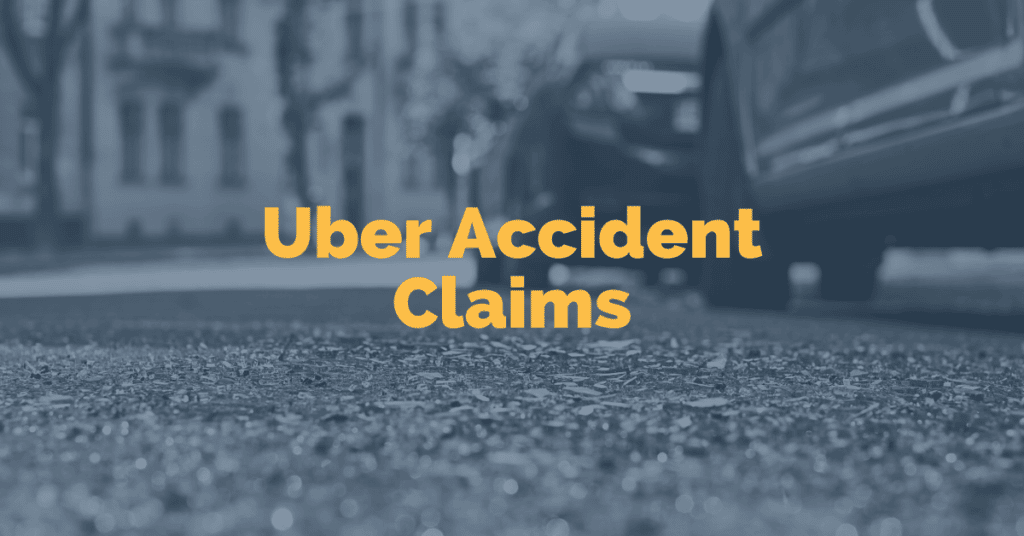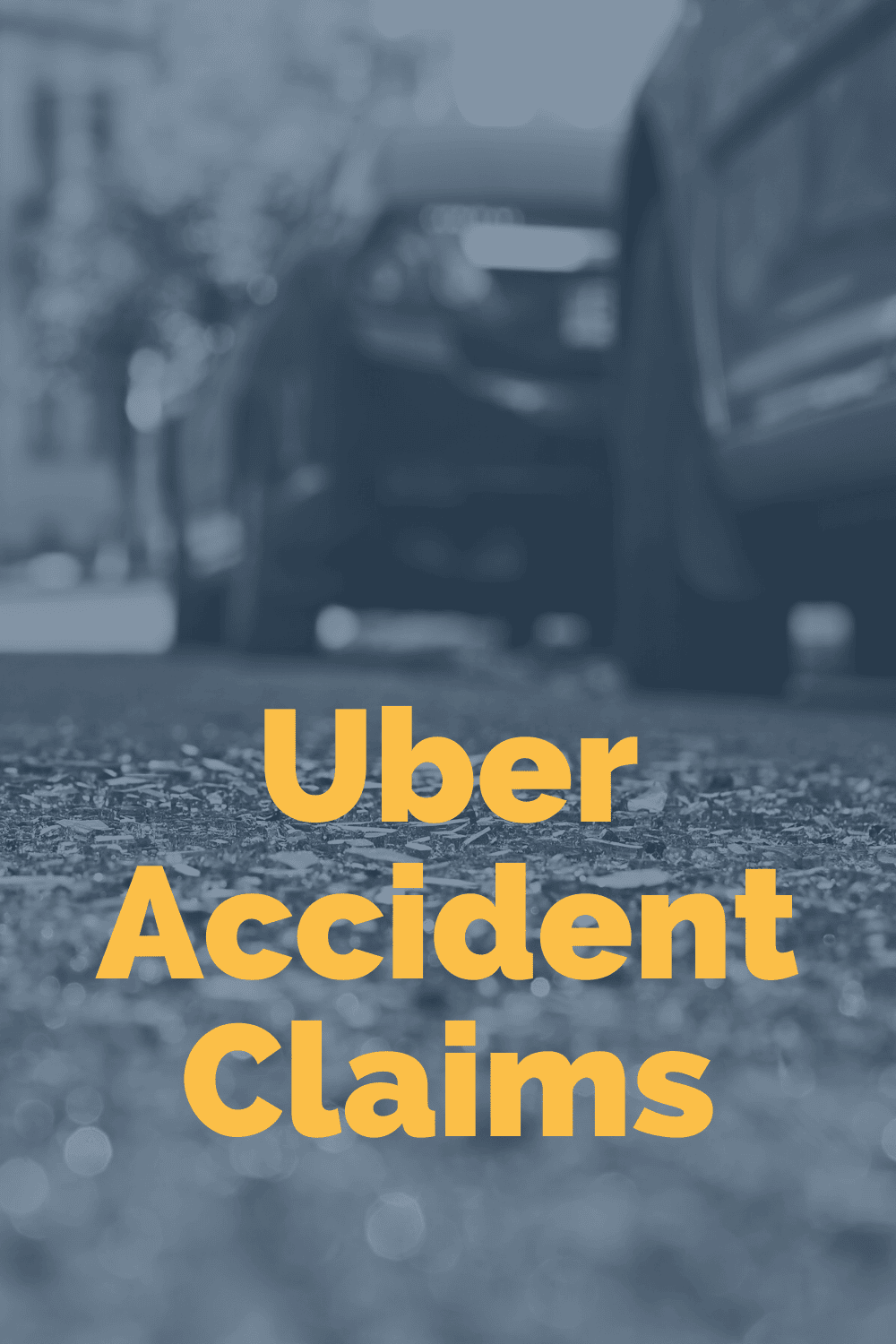Uber Accident Claims: What You Need To Know

There are two potential Uber accident claims if you have been injured in Michigan as a rideshare driver or as a passenger. For drivers and passengers, there is a claim for No-Fault benefits to cover medical bills and lost wages. For rideshare passengers, there is also a potential tort claim for pain and suffering and economic losses against an at-fault rideshare driver who causes a crash.
No-Fault benefits
Uber accident claims for No-Fault benefits allow injured rideshare drivers and rideshare passengers to recover No-Fault PIP benefits which pay for your medical expenses and lost wages (if your injuries prevent you from returning to work), mileage and transportation costs for traveling to and from your medical appointments as well as household replacement services and attendant care benefits.
To preserve your right to recover No-Fault benefits after a crash, you must file an application for No-Fault benefits – which is also called your “written notice of injury” – with the responsible car insurance company within one (1) year after the crash. (MCL 500.3145(1) and (4)) If you fail to file your application on time – within ONE YEAR from the date of your crash – then you will forever lose any benefits to which you might be entitled.
No-Fault benefits for an Uber driver
An Uber driver who is driving his or her own “personal vehicle” and is injured in a car crash in Michigan has an Uber driver accident claim for No-Fault benefits to cover medical expenses and lost wages through the auto insurance company that covers his or her vehicle. (MCL 500.3114(2) and (9)(b))
Michigan law requires an Uber driver to have a valid No-Fault auto insurance policy in effect whenever he or she is on the job with Uber, whether the driver is available to transport a passenger or whether the driver is actively transporting a passenger. (MCL 257.518b(1)(a)(ii) and (1)(b)(ii); 257.2123(2)(b) and (3)(b))
Uber passenger accident claim for No-Fault benefits
An Uber passenger who is involved in a car crash in Michigan can file a Uber accident claim to recover No-Fault benefits through: (1) his or her own policy; (2) the policy of spouse or resident relative; or (3) the policy covering the Uber vehicle in which he or she was riding as a passenger if coverage is not available “under any other policy.” (MCL 3114(1) and (2)(g))
The No-Fault medical coverage available for an Uber passenger will be limited by whatever No-Fault PIP medical benefits coverage level was selected in the policy through which the passenger is filing for No-Fault benefits. (MCL 500.3107c(5))
The No-Fault PIP medical benefits coverage levels available include: (1) $50,000 for drivers on Medicaid; (2) $250,000; (3) $500,000; and (4) unlimited. (MCL 500.3107c(1)(a)) Significantly, if Uber is the “named insured” on a policy, then the only coverage levels available are $250,000, $500,000 and unlimited. (MCL 500.3107c(7))
Pain and suffering compensation for an Uber passenger
If you were injured by an at-fault Uber driver in a crash, you may have an Uber passenger accident claim for pain and suffering damages as well as excess medical expenses and excess lost wages.
To succeed with pain and suffering compensation in Michigan, you must be able to show that you have suffered a “serious impairment of body function” or permanent serious disfigurement.
The statute of limitations for filing an Uber passenger to file for pain and suffering compensation as well as excess medical expenses and excess lost wages is three years after the date of the crash. (MCL 600.5805(2))
Liability coverage for Uber accident claims
Michigan law requires Uber drivers to carry liability insurance with the following limits in order to provide necessary coverage when they are at-fault in causing crashes:
- When an Uber driver is on-call and is available to transport a passenger (but is not actually transporting a passenger), then the minimum liability coverage that the Uber driver must have in effect is “$50,000.00 per person for death or bodily injury” and “$100,000.00 per incident for death or bodily injury.” (MCL 257.518b(1)(a)(i); 257.2123(2)(a))
- When an Uber driver is transporting an Uber passenger, then the minimum liability coverage that the Uber driver must have in effect is a “combined single limit of $1,000,000.00 for all bodily injury or property damage.” (MCL 257.518b(1)(b)(i); 257.2123(3)(a))
Need help? Call the attorneys at Michigan Auto Law
If you have been injured in a crash and would like to speak with an experienced insurance lawyer about Uber accident claims, call toll free anytime 24/7 at (800) 968-1001 for a free consultation with one of our attorneys. You can also get help from an experienced accident attorney by visiting our contact page or you can use the chat feature on our website.






